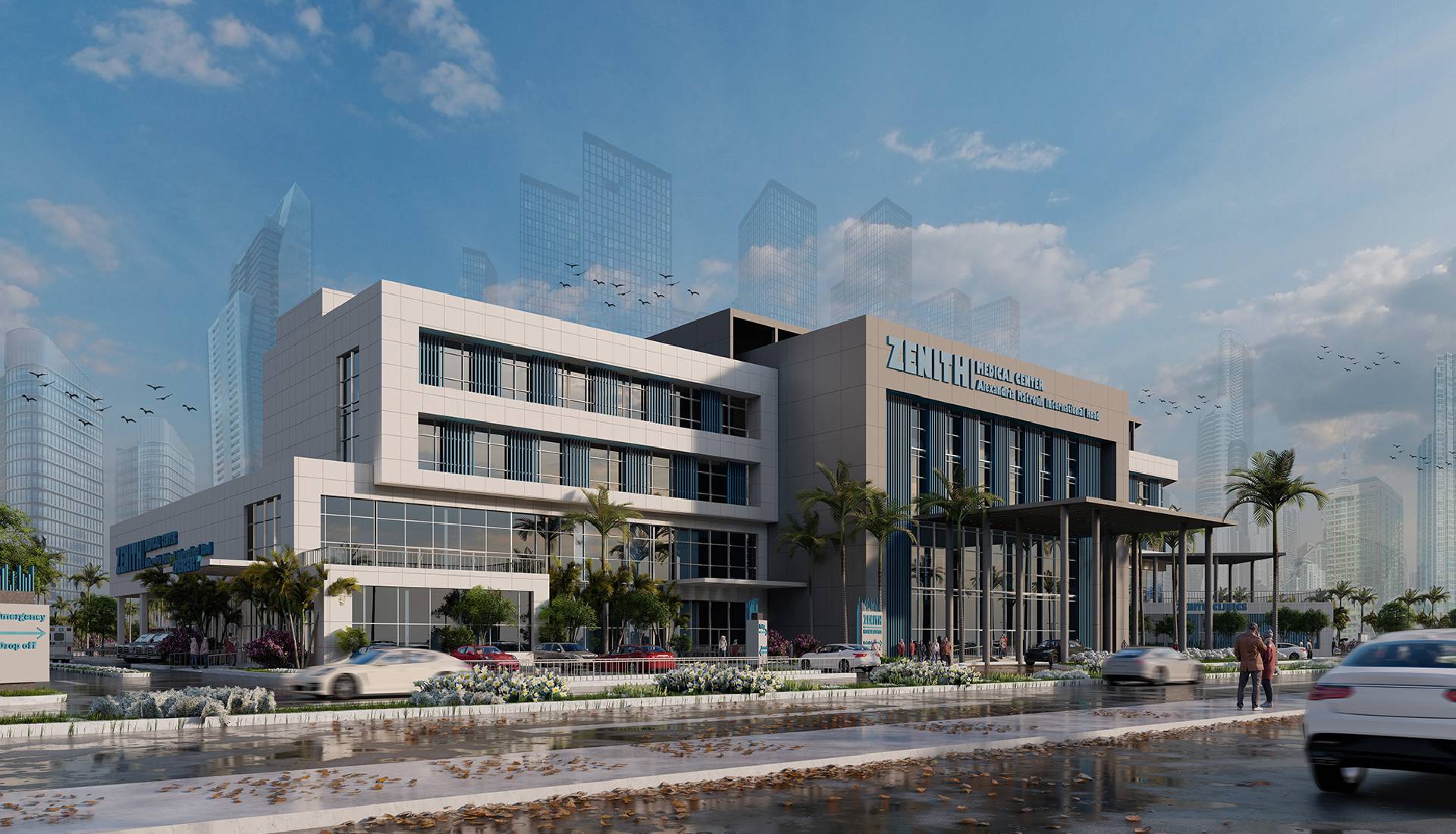
HOSPITAL DESIGN HUB The Impact of Cultural Influences on Hospital Design in Oman
Cultural influences play a significant role in shaping hospital design in Oman, ensuring that healthcare facilities are not only functional but also resonate with the values, traditions, and social norms of the local population. As Oman modernizes its healthcare infrastructure, it is essential to integrate cultural considerations into the design of hospitals to create environments that are welcoming, respectful, and supportive of both patients and healthcare providers. Here’s how cultural influences impact hospital design in Oman:
1. Architectural Aesthetics
- Incorporation of Traditional Omani Architecture: Omani hospital designs often reflect the nation’s rich architectural heritage, incorporating elements such as arches, domes, and intricate carvings that are characteristic of traditional Omani buildings. This not only preserves the cultural identity but also creates a familiar and comforting environment for patients and visitors.
- Use of Local Materials: The choice of materials in hospital construction often reflects local preferences, with an emphasis on natural stone, wood, and other materials that are commonly used in Omani architecture. This adds a sense of authenticity and connection to the local environment.
2. Cultural Sensitivity in Patient Care
- Gender Segregation: In Omani society, cultural norms around gender roles and modesty are significant. Hospital designs often incorporate separate waiting areas, consultation rooms, and wards for men and women to respect these cultural preferences. This segregation ensures that all patients feel comfortable and respected during their hospital stay.
- Family-Centered Care: Omani culture places a strong emphasis on family involvement in healthcare. Hospital rooms and wards are often designed to accommodate family members, with areas where relatives can stay overnight and provide support to the patient. This approach fosters a supportive environment that aligns with cultural expectations.
3. Spiritual Considerations
- Prayer Facilities: Given the importance of religion in Omani culture, hospitals are designed to include dedicated prayer rooms or mosques within the facility. These spaces are essential for patients, visitors, and staff to perform their daily prayers, contributing to a holistic approach to care that respects spiritual well-being.
- Quiet and Reflective Spaces: Hospitals may also include quiet areas or gardens where patients and families can reflect, meditate, or engage in spiritual practices. These spaces are designed to provide comfort and tranquility, enhancing the healing environment.
4. Dietary Preferences
- Culturally Appropriate Food Services: Hospital kitchens and cafeterias are designed to prepare and serve meals that adhere to Islamic dietary laws, such as halal food. Menus are often tailored to reflect traditional Omani cuisine, ensuring that patients receive meals that are both nutritious and culturally acceptable.
- Consideration of Fasting Practices: During the holy month of Ramadan, hospital designs and operations are adapted to accommodate patients who are fasting. This may include adjusted meal service times and the provision of pre-dawn and post-sunset meals.
5. Privacy and Modesty
- Design for Modesty: Privacy and modesty are important considerations in Omani culture, particularly for female patients. Hospital designs often include features like private rooms, curtained examination areas, and modesty screens to ensure that patients can receive care in a manner that respects their cultural and religious beliefs.
- Staff Attire: The design of staff uniforms and attire is also influenced by cultural norms, with healthcare providers often wearing clothing that aligns with local customs, such as long sleeves and head coverings for women.
6. Community Engagement
- Integration with the Local Community: Hospitals in Oman are often designed to serve as community hubs, offering not just medical services but also spaces for health education, community meetings, and social services. This integration helps to strengthen the connection between the hospital and the community it serves.
- Cultural Events and Celebrations: Hospital designs may include spaces for hosting cultural events, religious celebrations, and community gatherings, which are important aspects of social life in Oman. These events help to build a sense of community and belonging within the hospital setting.
7. Language and Communication
- Multilingual Signage: Hospitals in Oman often feature signage in multiple languages, including Arabic and English, to cater to the diverse population. This ensures clear communication and helps patients navigate the hospital environment more easily.
- Culturally Competent Care: Staff training and hospital policies are often designed to ensure that care is delivered in a culturally sensitive manner. This includes respecting cultural practices, understanding social norms, and effectively communicating with patients from different cultural backgrounds.
Conclusion
Cultural influences are deeply embedded in hospital design in Oman, shaping everything from architectural aesthetics to patient care practices. By integrating these cultural considerations into hospital design, healthcare facilities in Oman can create environments that are not only state-of-the-art but also deeply respectful of the values and traditions of the local population. This culturally sensitive approach enhances patient comfort, satisfaction, and overall well-being, making it a crucial element in the design of world-class healthcare facilities in the country.
4o




